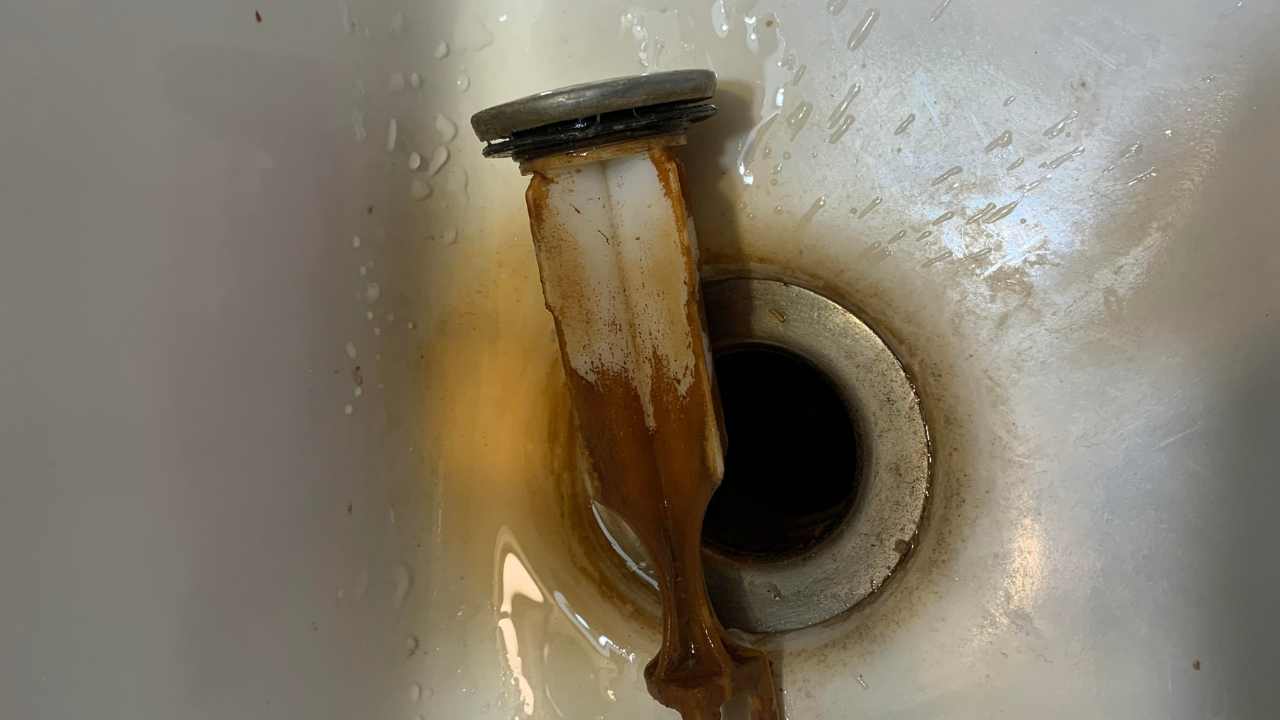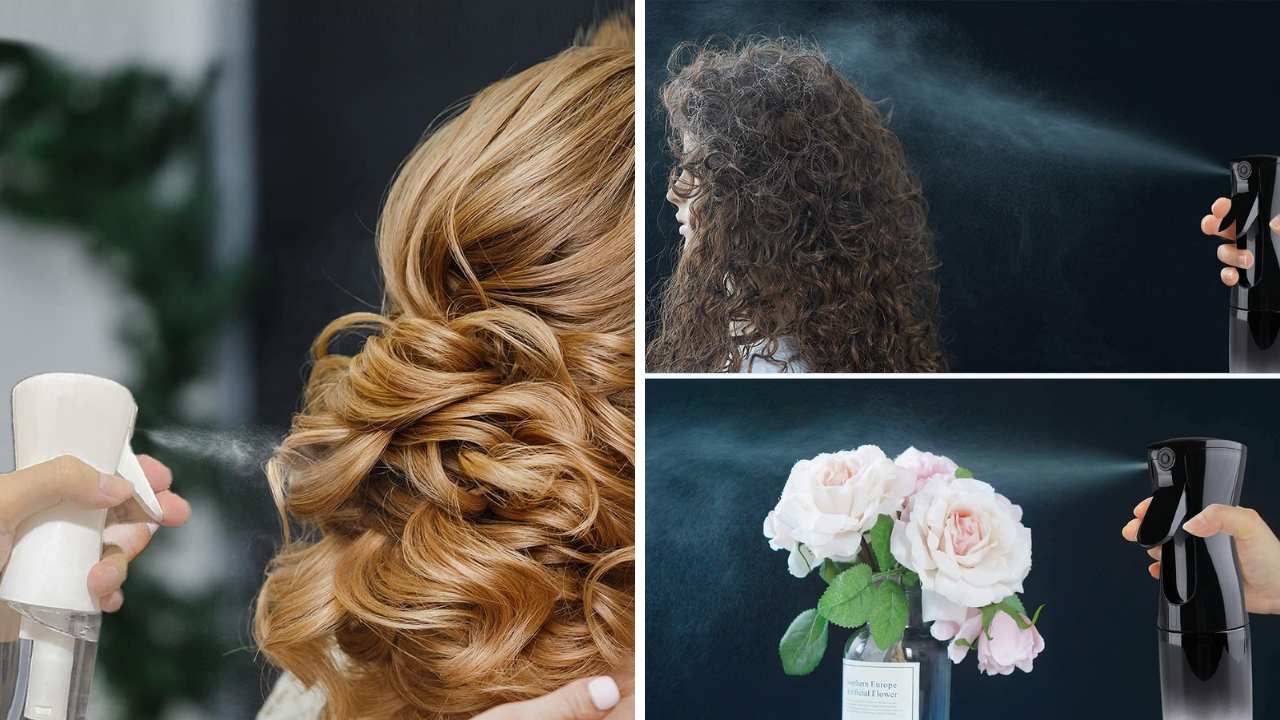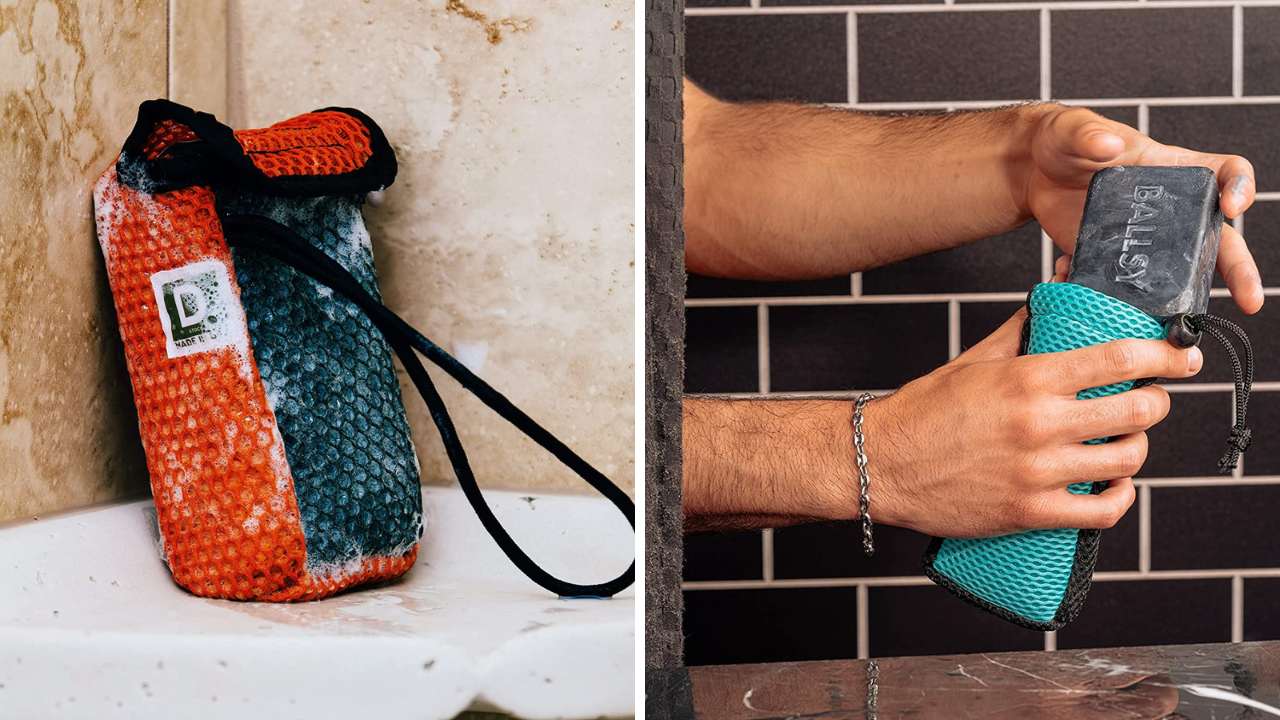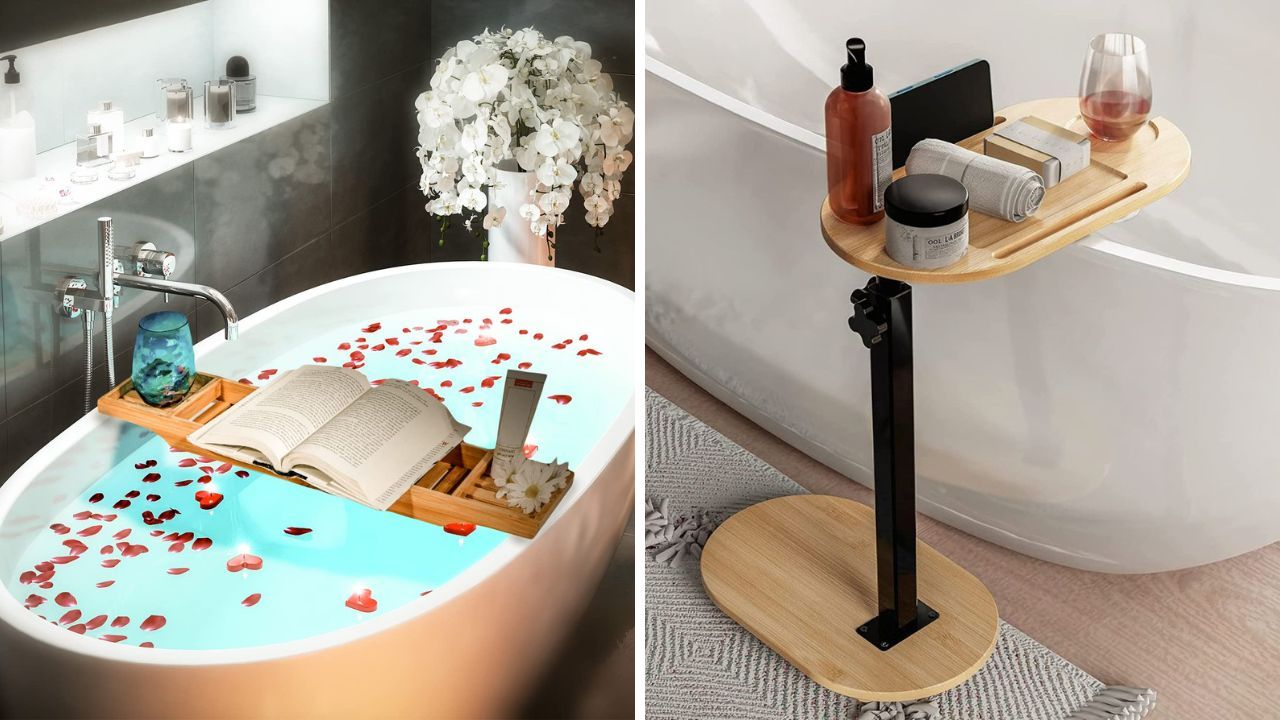How To Unclog A Bathroom Sink: A Guide To Clearing Drain Pipes
Cleaning out clogged drains can be a chore. With the right tools and know how though it shouldn't be a problem that stops you from getting ready!

Ah, the dreaded clogged bathroom sink. It's something that no homeowner really wants to deal with but is a necessary task sometimes.
Trying to brush your teeth or get ready when the sink is backed up can be problematic. Especially when you're not sure how to deal with a clogged bathroom sink drain. It's hard to know exactly what the underlying problem is without a little knowledge of how the plumbing system works.
We took the time to make a list of the most common problems and how to resolve them so that your life can be just a little easier. After all, any type of plumbing work can be a dirty and thankless task.
Common Causes of Bathroom Sink Clogs
First things first, let's talk about the common culprits of bathroom sink clogs. Hair, soap residue, toothpaste, and other grooming products can all build up and congeal in your drain, eventually causing a blockage. Small objects like jewelry or cotton swabs can accidentally fall in and get lodged in there as well.
The biggest problem in our household is bobby pins getting into the drain making a crosshatched shelf that collects hair and debris until it gets clogged. Understanding what's causing the clog can help you prevent future ones from happening.
Tools You'll Need for Unclogging a Bathroom Sink
Now that you've diagnosed the cause of the clog, it's time to gather your tools. Some of the tools you may need include:
- Rubber gloves
- Wrenches
- Drain snake
- Drain cleaner
- Plunger
- Drain auger
- Dry vacuum
These tools can help with even the toughest clogged drain.
Basic Steps to Diagnose the Clog
Before you begin unclogging your bathroom sink, it's important to turn off the water supply to avoid any potential leaks. Next, remove any visible debris from the sink, such as hair or toothpaste, and clear out the stopper if necessary. If the clog isn't visible, you'll need to move on to the next step.

The Plunger Method: A Tried-and-True Technique
When it comes to unclogging a bathroom sink, the plunger method is often the most effective. Start by filling the sink halfway with water and placing the plunger over the drain. Make sure the plunger is centered over the drain opening and then rapidly move it up and down to create suction. If the clog is severe, you may need to repeat this step a few times.
Pro Tip: Try flushing the drain with boiling water to flush soap scum clogs and break up any debris before plunging.
Using Chemical Drain Cleaners: Pros and Cons
Chemical drain cleaners can be a quick and easy solution for bathroom sink clogs, but they're not without their downsides. These cleaners are often harsh and can damage your pipes over time if used too frequently. They can also be dangerous if they come into contact with your skin or eyes. If you do choose to use a chemical cleaner, follow the instructions carefully and make sure to rinse the sink thoroughly afterward.
Soda products such as Coke have been used effectively to unclog a bathroom sink. The acid in the soda can break apart a lot of different materials. Just fill the sink up with Coke and let it sit. Over time it should start to drain after the Coke has done its job.
Side note: You may start to question drinking soda after you see what it can do to the buildup in bathroom sinks.
The Baking Soda and Vinegar Solution: A Natural Alternative
If you're looking for a more natural solution, try using baking soda and vinegar. Pour boiling water down the drain to loosen any buildup. Next, pour a cup of baking soda down the drain, followed by a cup of vinegar.
Cover the drain with a plug or cloth to contain the reaction, and let it sit for 10-15 minutes. Finally, pour another pot of boiling water down the drain to flush everything out.
This DIY solution can work for most mild stoppages if there is a slow drain still. For bigger projects, you may want something with a bigger chemical reaction like Drano!
How to Remove and Clean the Sink Stopper

If the clog is located in the sink stopper itself, you'll need to remove it to clean it properly. Start by locating the pivot rod under the sink and disconnecting it from the stopper. Next, unscrew the nut from the back of the drain pipe and pull out the pivot rod and stopper. Rinse everything thoroughly, and then reassemble in the opposite order.
Once you've cleaned the stopper, replace it and reconnect the pivot rod under the sink. Your bathroom sink should be good to go!
Clearing the P-Trap: A Key Component in Sink Plumbing
If the clog is still stubbornly persisting, it may be located in the P-trap. This is the curved pipe underneath the sink that traps debris and prevents it from entering your pipes. To clear this out, place a bucket underneath the P-trap and unscrew the connections. Remove any debris and rinse it out thoroughly before reassembling.
I have found that using a wire hanger can help with cleaning this area rather than trying to stick your fingers in the drain pipes.

Utilizing a Plumber's Snake or Auger to Reach Deeper Clogs
Finally, if you've exhausted all other options, you may need to use a plumber's snake or auger to reach deeper clogs. These tools can be purchased or rented from hardware stores and will allow you to reach blockages that are further down the drain. Using these tools can be tricky, so make sure to follow the instructions carefully.
By using a drain cleaning tool you can usually get rid of those stubborn clogs. The main downside is you need specialized equipment to go this route but if you have the tools you might as well use them.
Prevention Tips: How to Keep Your Bathroom Sink Clog-Free
Now that your bathroom sink is gleaming and unclogged, it's time to talk about how to prevent future blockages from happening. Use a drain cover to trap hair and other debris, avoid pouring grease or oil down the drain, and regularly flush your pipes with hot water to clear out any buildup.
When to Call a Professional Plumber
If all else fails, and you're unable to clear the clog yourself, it may be time to call in a professional plumber. They'll have the expertise and tools necessary to dislodge even the most stubborn blockages.
I always recommend trying it yourself first because you will learn a little something and maybe save a little money. If at any point you are still asking why your bathroom sink clogged in the first place, a plumber will be able to answer that pretty quickly. (For a price)!
Maintaining Your Bathroom Sink for Longevity and Efficiency
Maintaining your bathroom sink doesn't have to be a chore. Regular cleaning and upkeep can not only prevent clogs from happening but can also ensure that your sink is operating at maximum efficiency for years to come.
There are easy methods you can employ to maintain a good drain. Periodically pour boiling water down it. Use a vinegar and baking soda solution on an as-needed basis. And, of course, avoid letting hair buildup in the drain.

Frequently Asked Questions About Bathroom Sink Clogs
There are a ton of questions about clearing drains so we answered some of the most common ones below.
Can a clogged sink drain on its own?
In some cases, a partially clogged sink may eventually drain on its own. However, if the clog is severe or has been present for a long time, it's best to take action to prevent further damage to your pipes.
Can I use a plunger on a double sink?
Yes! If you have a double sink, you'll need to seal one of the drains with a wet rag or other object before plunging the other one.
Is it safe to use chemical drain cleaners?
While chemical drain cleaners can be effective, they should be used sparingly and carefully. These cleaners can cause damage to your pipes if used too often, and can also be dangerous if they come into contact with your skin or eyes.
Is it OK to put Drano down a bathroom sink
Yes! It is OK to put Drano down the sink but use it very sparingly and as a last resort before you call in the plumber!
Conclusion:
Phew! We made it to the end, and hopefully, you're feeling confident and empowered to tackle any clogs that come your way. Remember, prevention is key, but when all else fails, there are plenty of tried-and-true methods to get your sink flowing smoothly again. Happy cleaning!






